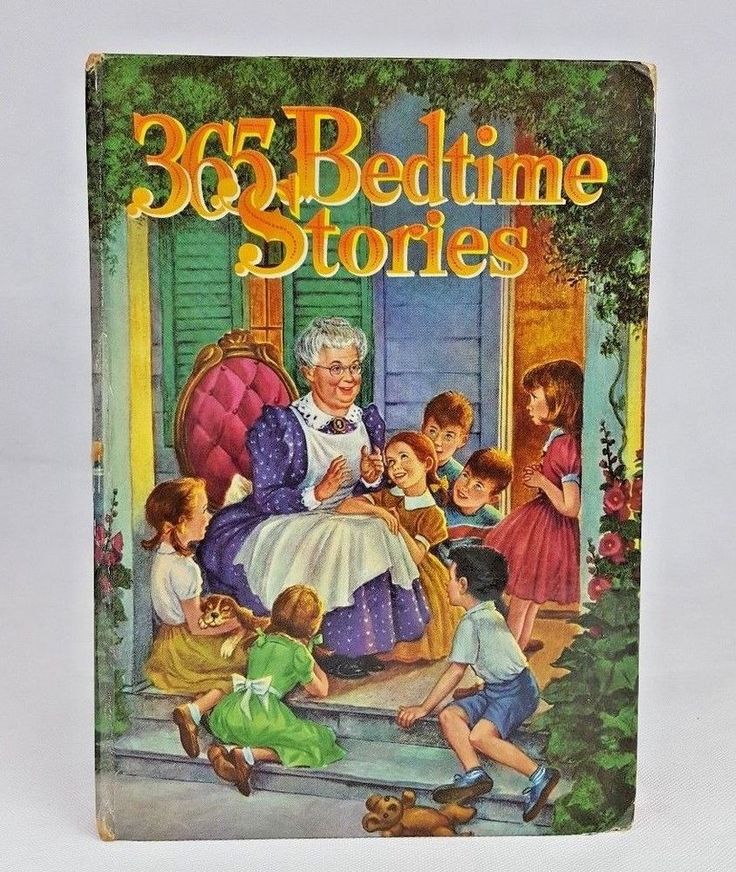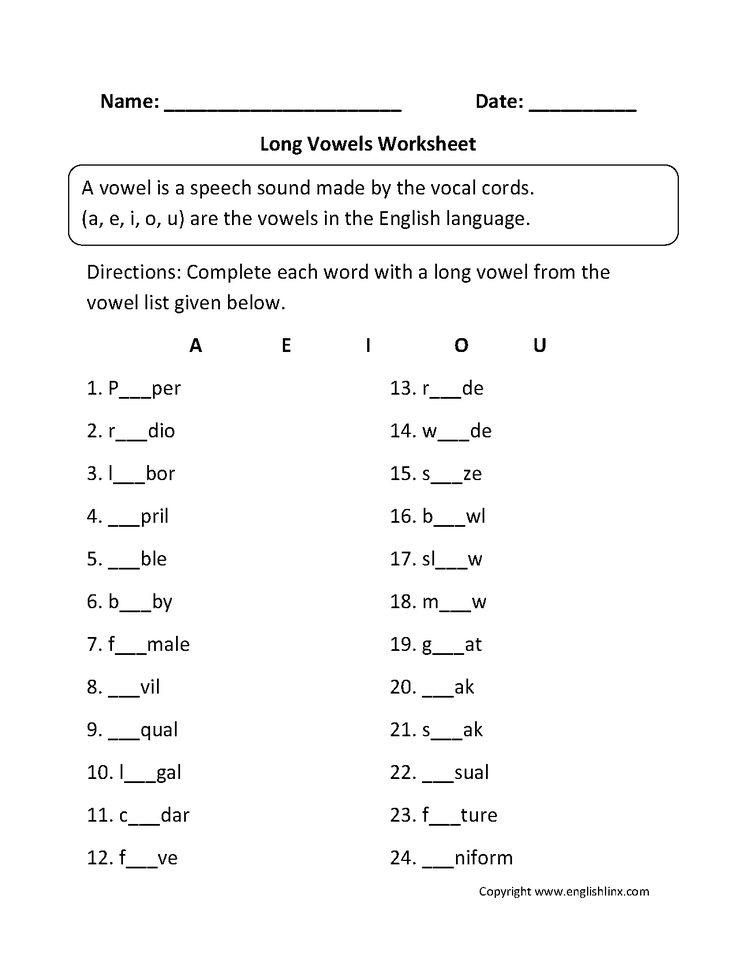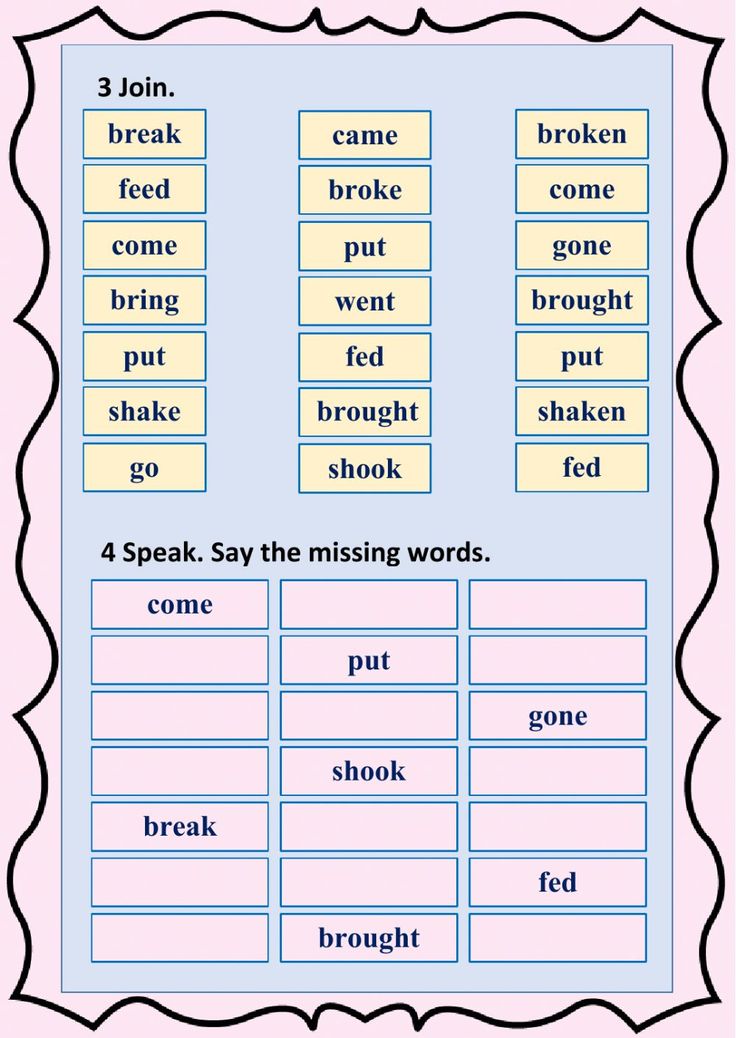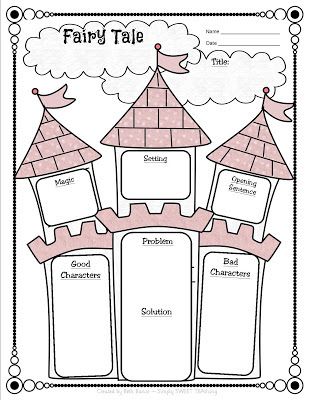Play with numbers
10 Super Fun Classroom Games With Numbers
Kids must practice numbers and counting a lot before they can use them confidently and fluently. For kids, this can be quite challenging, especially if English is not their first language. An incredibly effective way to teach English numbers is through playing games.
On this page, you can find ten incredibly fun games with numbers that you can use in your class to teach English numbers to kids. If you like the game ideas on this page, check out our other post about guessing games for more inspiration for your next classroom activity.
Related: Numbers Lesson Plan / Numbers 1 to 100 Spelling Chart
1: One, Two, or Three, Game
This counting game with numbers is incredibly fun and helps beginner learners to practice basic numbers. To start, choose a number that you are going to count to. A good number for this is 31, but you can use any number. Students will take turns counting until they reach 31.
When it’s their turn, students have the choice to say one number, two numbers, or three numbers. The student who says the last number (31) is out.
So, for example, the first student may decide to say two numbers and say “one, two”. Then, the next student may decide to say three numbers and say ” three, four, five”. The next student then may choose to say one number and say “six”. The game continues like this until one student says the last number (31) and is out. This game is great for practicing basic numbers but can also be used with ordinal numbers (first, second, third, etc.) and to practice the date.
2: One, Two, Three, Stand-Up Game
As well as practicing numbers, this game is great to use as a warm-up activity. To begin, choose a number to count to. The number you choose will depend on your class size and how difficult you want the game to be. For this example, let’s choose the number 5. Then, tell the students that when the teacher says ‘Go!’, one student from the class must stand up and say the first number (one). Then, another student must stand up and say the next number (two). And so on until they get to five. Any student can stand up at any time they want. If two students stand up at the same time and say the same number, then they lose.
Then, another student must stand up and say the next number (two). And so on until they get to five. Any student can stand up at any time they want. If two students stand up at the same time and say the same number, then they lose.
If you have a large class, then an alternative way to play this game is to divide the class into teams. Give each team 3 chances to get to five. If they succeed, then they get a point for their team.
3: Zingo Number Bingo
Zingo is an award-winning game that develops children’s counting, addition, and number recognition skills. It is a fast-paced and exciting bingo/matching game.One set can be played by up to 6 players. To play, each student will have a different ‘zingo card’. Then students will take turns in sliding the ‘zinger’ to reveal a number card. The student must then try to match that number card to a number picture on his/her zingo card. The first student to fill up his/her zingo card is the winner. All the materials that come with the Zingo game are durable and can be re-used.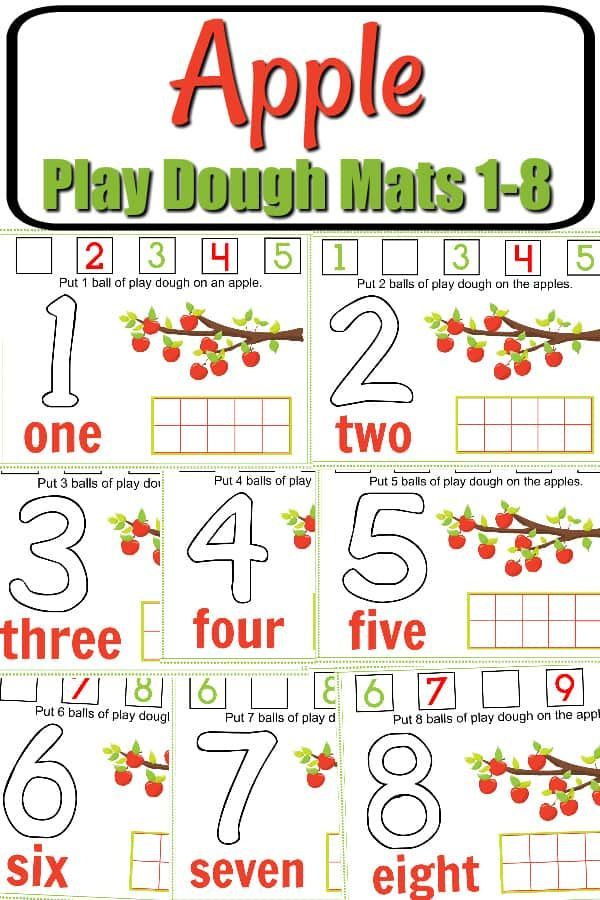 So, by having a few sets of this game in your classroom you will have a fun and exciting numbers game to use in your class for years to come.
So, by having a few sets of this game in your classroom you will have a fun and exciting numbers game to use in your class for years to come.
4: Number Guessing Games
How Many Game
Please enable JavaScript
A great way to practice numbers while also teaching ‘How many?’ and plural nouns is to play a fun numbers guessing game. Here is one of Games4esl’s ‘Telepathy Games’ about animals and numbers.
In this game, students will be asked, ‘How many (puppies)?’ and then they will see two possible answers. They must choose ONE and write it down. To help them guess the answer they can use ‘Telepathy’ to read the teacher’s mind.
This kind of game is so simple, but kids absolutely love it! Especially when they guess it correctly. For more ESL activity videos, check out our videos page.
5: Liar Game
This fun ESL card game can be used to review numbers. For this game, prepare a set of number cards for each student (for this example, we will use a set of 10 cards numbered 1-10).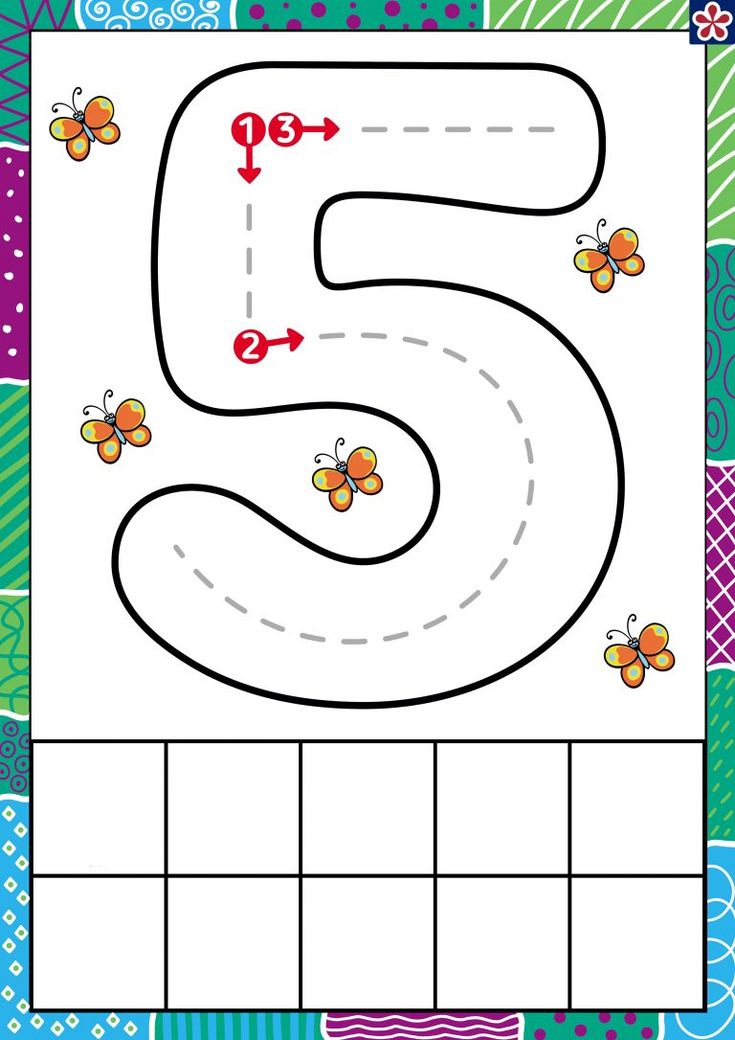 Give one set of cards to each student and put them into groups of 3/4.
Give one set of cards to each student and put them into groups of 3/4.
Next, ask students to put all their cards face down in the middle of the group and mix them up. Once the cards are mixed, ask students to take 10 random cards and tell them not to show the cards to the other students. Now the liar game can begin.
Students will take turns and MUST put down the cards in numerical order. As they put down the card, they must say that number out loud. For example, the first student should place the number one card face down in the middle and say “one”. Then, the next student must place the number 2 card in the middle and say “two”. If a student doesn’t have the next number card, he/she must lie! So, in this example, the next number is 3. If the student doesn’t have the number 3 card, then he/she must put down a different card while saying “three”.
If, at any point during the game, a student thinks that another student is lying about the card that they placed down, then they can accuse them and shout, “Liar!”. If they are correct and the student was lying, then the student who lied must pick up all the cards in the middle. If a student accuses another student of being a liar, but they did not lie, then the student who shouted “Liar!” must pick up all the cards in the middle. This game is a lot of fun and can be used with other topics, not just numbers.
If they are correct and the student was lying, then the student who lied must pick up all the cards in the middle. If a student accuses another student of being a liar, but they did not lie, then the student who shouted “Liar!” must pick up all the cards in the middle. This game is a lot of fun and can be used with other topics, not just numbers.
6: Number Swap
This fun counting game will help students practice numbers while testing their concentration. To play, decide a number that you are going to count to. Let’s say 21 for this example. Then ask students to make a circle. Next, point at one student to start the counting. That student should say “one”, then the next student should say “two”, and so on, clockwise around the circle. The student who says “21” gets to swap one of the numbers for a silly word (e.g. number 3 = banana).
Next, the counting starts again, but this time instead of saying the number 3, students should say ‘banana’. If students forget, and say number 3, then the counting starts again at 1.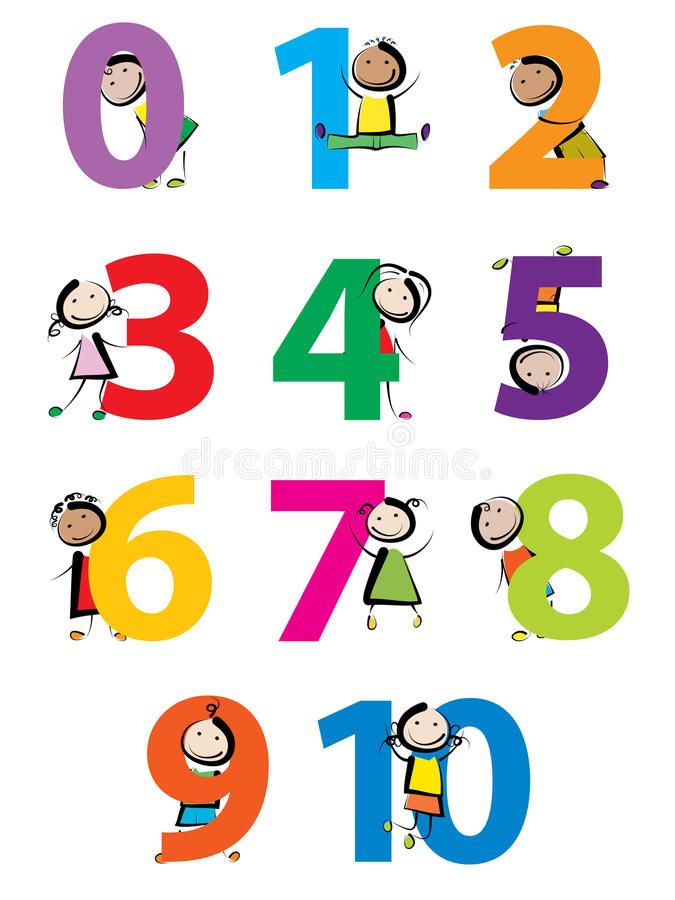 If they count to 21 without making a mistake, then they choose another number to replace with a silly word.
If they count to 21 without making a mistake, then they choose another number to replace with a silly word.
Once you have 3 or 4 silly words the game becomes incredibly fun and it will really test your students’ concentration.
7: Dice Game – Draw A Monster
This game is great for practicing basic numbers and body parts at the same time. To play, write the parts of a body on the board. For example, eyes, ears, mouth, nose, head, arms, legs, etc. Then for each body part, roll the dice (or ask a student to roll the dice) and write that number next to the body part word.
Next, tell students that they must draw a monster with the same number of body parts as is written on the board. Give students 10 minutes or so to draw their monster, and then students can show their monsters to the class.
Another way to play this game is to give each student a die. That way, each student will have a very different monster. Then, when showing the monster to the class, the students can describe their monster using sentences and numbers (e.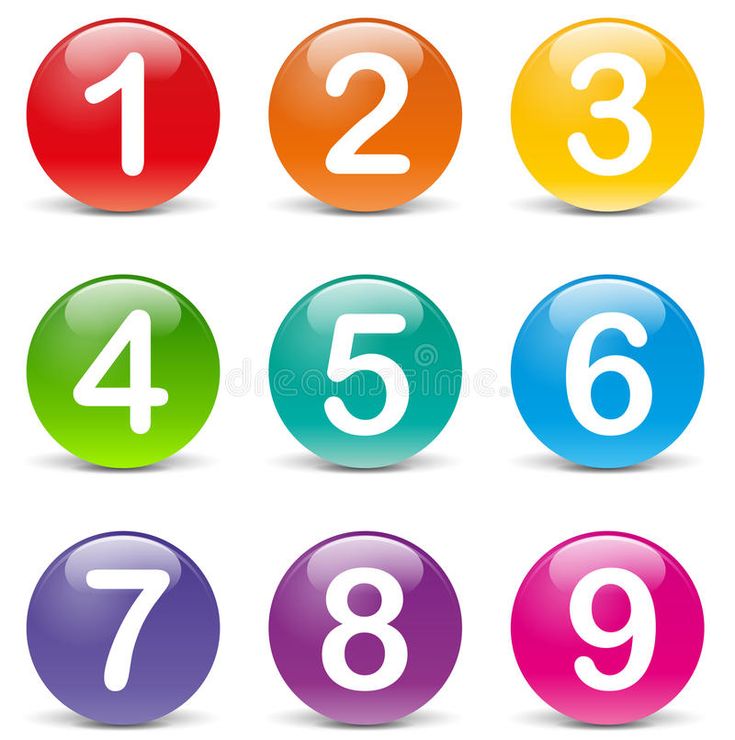 g., “It has five eyes.” “It has three mouths.“, etc.).
g., “It has five eyes.” “It has three mouths.“, etc.).
8: Make A Group Number Game
This is a very active game to practice numbers that will get your students up out of their seats. For this game, you need a lot of space, so if possible, play this game outside. If not, you can play in the classroom if it is safe to do so.
To play, students must walk around while listening to music. When the music stops, the teacher will shout, “Make a group of (4).”, and students must quickly try to get into a group of that number. The students who do not get into a group of that number are out.
9: Bingo Games
Bingo games are wonderfully simple to make and are very effective when teaching numbers. Here are two variations of bingo you can try in your English class:
Classic Bingo – Ask students to draw a 3×3 grid of squares and then choose nine numbers between 1-20 (or whichever numbers you are teaching) and write them in the squares.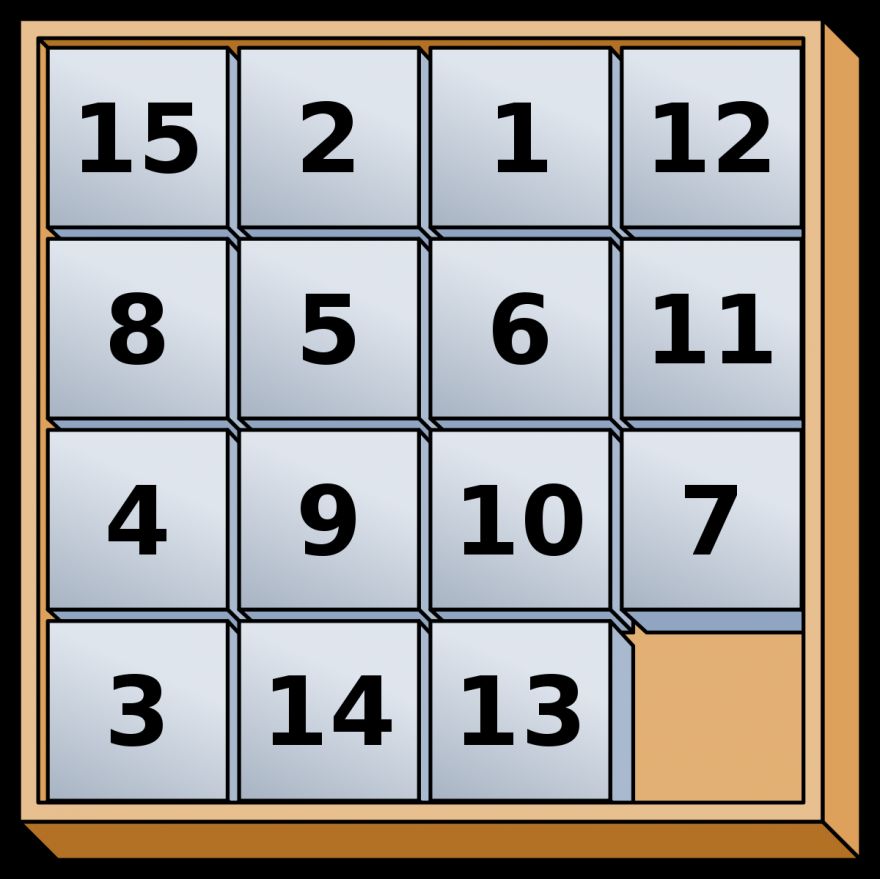 Then, the teacher will call out a number, and if that number is on the students’ bingo sheet, then they should cross it out.
Then, the teacher will call out a number, and if that number is on the students’ bingo sheet, then they should cross it out.
A student gets bingo when they cross out all the numbers in a horizontal, vertical, or diagonal line. To make the game last longer, you can tell students that they must make 2/3 lines of bingo to win. Alternatively, make a bigger bingo grid of 12 (3×4) squares or 16 (4×4) squares to make the game more challenging.
Line Bingo – To play line bingo, you need to prepare some number cards for the students. Give each student a set of number cards ( around 8 – 10 cards is best). Then ask students to arrange their cards in a horizontal line in any order they choose. Once students have done that, the game can begin.
As the teacher calls out a number, students should check their line of cards to see where that number is. If the number is on the left end or the right end of the line, then the student can turn that card over. If it is in the middle of the line, then the student cannot turn it over.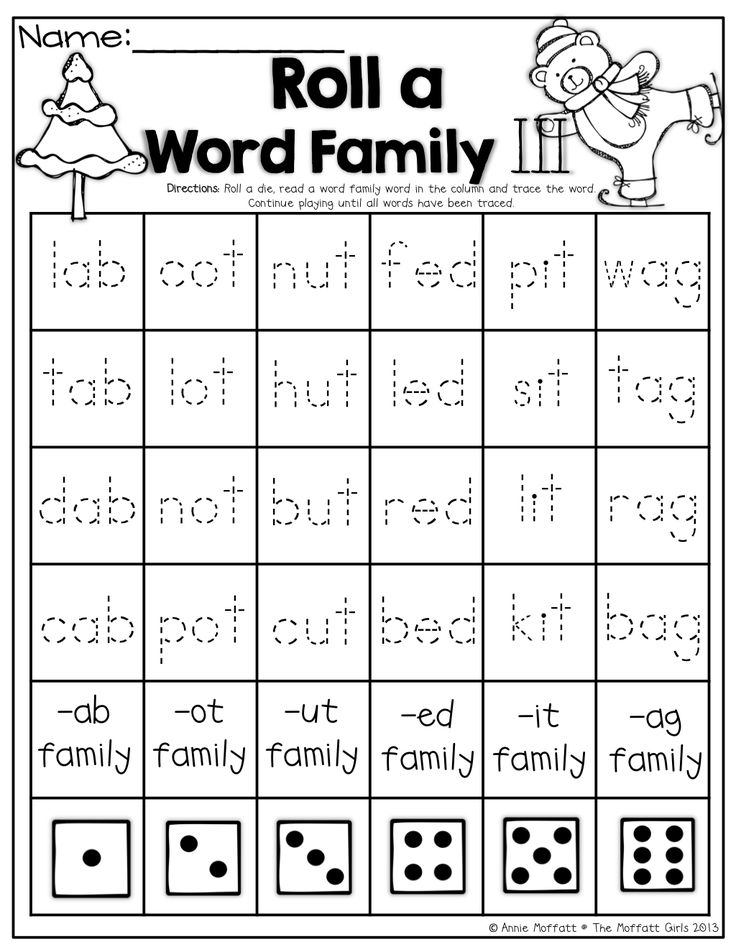 The aim of the game is to turn over all the cards to get bingo.
The aim of the game is to turn over all the cards to get bingo.
10: Number Puzzles
Puzzles can be a great way to review numbers and practice reading and writing out the words. An easy way to quickly make your own puzzles for class is to use a puzzle maker. To make your own word searches, simply type in the number of words you want to practice into this word search maker. To make a numbers crossword puzzle, simply type in your words and clues into this crossword maker.
Thanks for reading. I hope you found some fun games with numbers for your next class. Before you go, don’t forget to check out our free lesson resources, including classroom games, PPT Games, Worksheets, and more.
Number Sense Games for Kids Online
Learning Numbers Games for KidsThe idea that kids are uncomfortable with numbers is a myth. A lot of it actually depends on how they are exposed to the world of mathematics. Kids develop number sense gradually and with practice.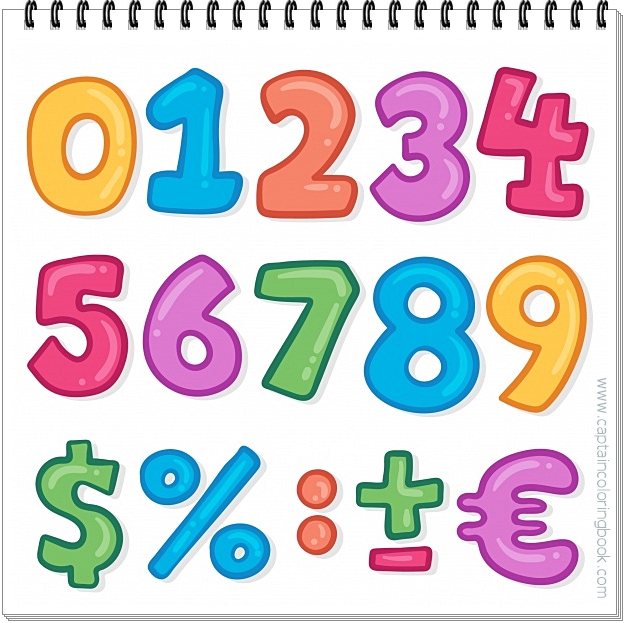
To understand numbers better, kids need to visualize them in multiple contexts. When students are able to take the numbers outside of their textbooks and apply them in real-life scenarios, their understanding becomes concrete. Math games for number sense accelerate this process by providing children with an interactive environment and using cases that they can connect with.
Number recognition games, number sequence games, counting games, writing numbers games, skip counting games, place value games, etc. can help improve your child’s understanding of numbers greatly.
Some other math games that you can explore are: addition games, fraction games, decimal games, geometry games, measurement games, algebra games, etc.
How do we introduce number sense to kids?Number sense is a concept that some people can find challenging to define. In today's time, children are exposed to a variety of concepts and activities that help them develop more clarity.
Number sense includes knowing the relationship between the number and the quantity, understanding the concept of more or less, and larger than and smaller than, understanding the order of numbers in a list and identifying if there are any missing numbers, understanding symbols and number vocabulary. Number sense math games for kids can be used to introduce and teach number sense related concepts in a way so that children can have absolute mastery over the subject.
How can we make number sense fun for kids?Number sense can be made fun for kids by using gamified learning tools. These tools enhance the learning experience by making it more immersive and relatable. Through math games for number sense, children are encouraged to practice number sense using real-life situations in order to have a more practical knowledge of the concept.
How can games help in better understanding of number sense?Number sense math games for kids help students to deepen their understanding of number sense.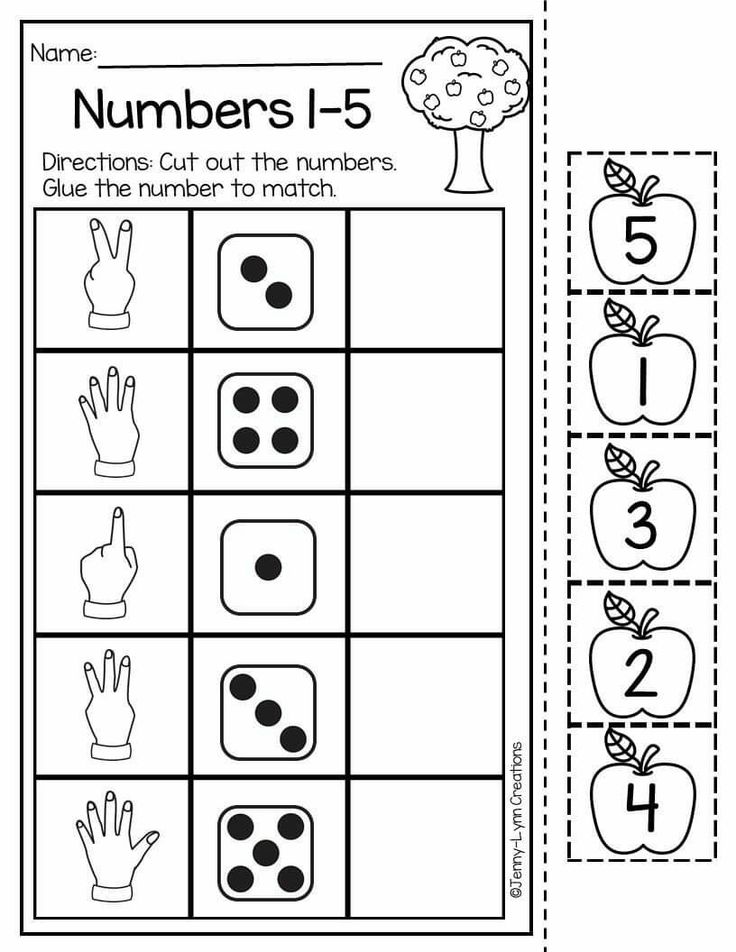 They help children to identify and recognize numbers, count and compare objects, sequence numbers, compose and decompose numbers, recognize patterns, match numbers and use math operations like addition and subtraction to enhance their number sense skills.
They help children to identify and recognize numbers, count and compare objects, sequence numbers, compose and decompose numbers, recognize patterns, match numbers and use math operations like addition and subtraction to enhance their number sense skills.
Several times, parents may not be as comfortable with number sense and may lack the teaching methods to help their kids develop this skill. This is where gamification can make a considerable difference. Interesting online games can help your child develop a natural liking for the subject. Number sense games are wonderful to learn and practice the concept of number sense with ease.
2. How to teach number sense?In the absence of number sense, kids tend to rely on lengthy procedures and can get unnerved when they see a new problem. They are also unable to figure out if their answer is reasonable and logical or not.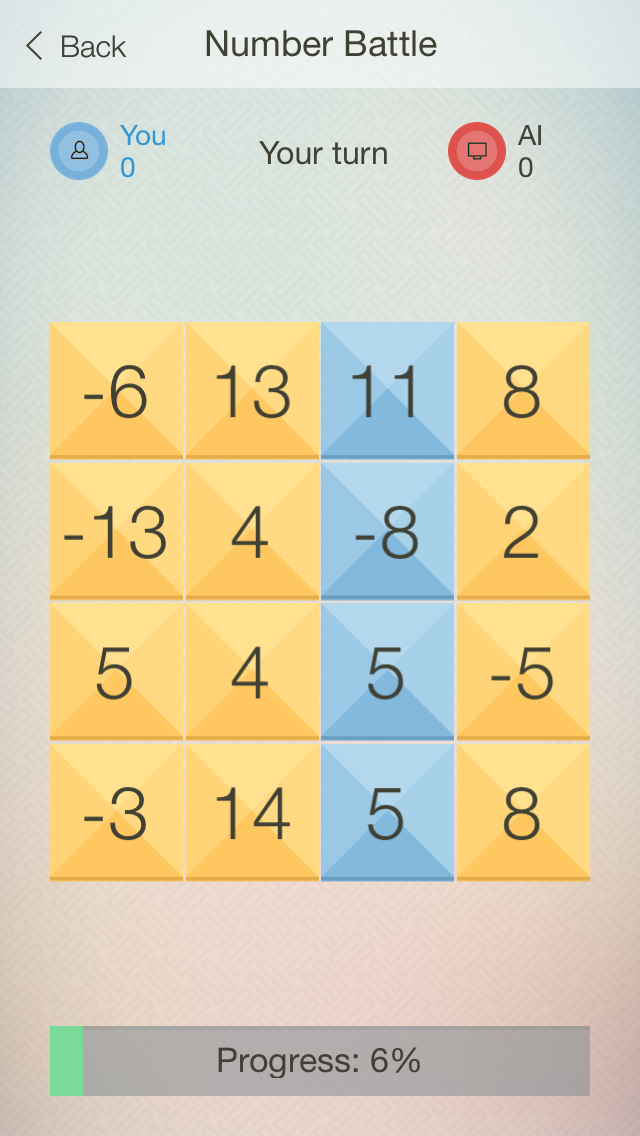 In such scenarios, there are high chances they may start disliking math. Learning numbers games can be used to teach and develop a strong number sense. They can help children become more comfortable with numbers, their relationships, and calculations.
In such scenarios, there are high chances they may start disliking math. Learning numbers games can be used to teach and develop a strong number sense. They can help children become more comfortable with numbers, their relationships, and calculations.
Number sense math games can be used to teach your child the concept of number sense. They help children visualize numbers in different contexts and make your child comfortable with numbers and their values. Online number sense games gently take kids out of their comfort zones only to make them more confident in their mathematical skills. They make practicing number sense easy while making learning fun and enjoyable.
4. How can kids play games on number sense?Online games help students to apply the concepts of number sense better. Children need considerable practice to become comfortable with number sense, spotting patterns, and predicting outcomes.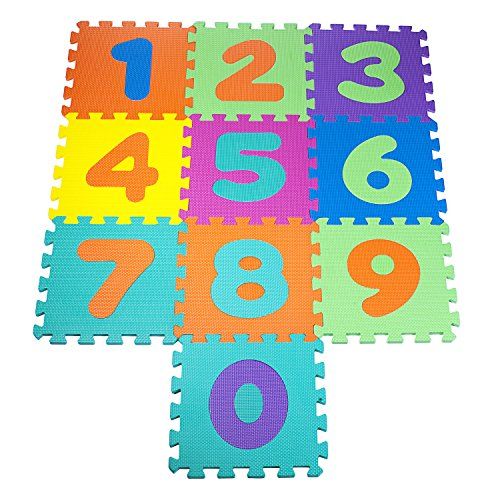 Math games for number sense help in building these skills with ease. As kids move across levels, their learning gets reinforced. These games provide a platform for children to explore numbers at a pace they’re comfortable with.
Math games for number sense help in building these skills with ease. As kids move across levels, their learning gets reinforced. These games provide a platform for children to explore numbers at a pace they’re comfortable with.
Math activities to practice number sense may include counting and grouping a set of objects, using a number chart or flashcards, solving number puzzles, building numbers using ten-frames, etc.
Try SplashLearn for Free
| Chris Anderson, David Sally Playing with numbers. Masterful Strategies and Tactics on the Soccer Field Dedicated to: To Our Home Teams: Kathleen, Nick & Eli Serena, Ben, Mike, Tom & Rachel The Numbers Game: Why Everything You Know About Soccer Is Wrong by Chris Anderson and David Sally © Chris Anderson and David Sally The Numbers Game first published in Great Britain in the English langauge by Penguin Books Ltd, London. © Translation. Kruse M.A. © Design. LLC Eksmo Publishing House, 2016 A few words about the “game with numbers” A fascinating and stylish study of how the understanding of football is rapidly changing. Jonathan Wilson, author of book Inverting the Pyramid: The History of Football Tactics Wonderful book. Some of the facts are simply amazing. Alison Kerwin, sports editor, Mail on Sunday Debunks the myths and stereotypes that have defined football for the last century. Jack Bell, The New York Times Not only does it help fans understand the game better, but it encourages them to look for new ways to analyze and think about it. Zach Slayton, Forbes The best sports book of the summer. Simon Mayo, BBC Radio 2 About the Authors At the age of 17, Chris Anderson played for a fourth division club in West Germany and is now a professor at Ivy League affiliate Cornell University in Ithaca, New York. David Sully is a former baseball pitcher and professor at the Johnston School of Business. Taka at Dartmouth College in the USA, where he analyzes the strategies and tactics people use in play, competition, negotiation and decision making. He is a consultant to clubs and other organizations in the global football industry. Football for skeptics - number reformation In sports, what is true is more important than what you believe, because what is true will give you an advantage. Bill James Football has long been dominated by five words: That's how it's always been done. A beautiful game steeped in tradition. A beautiful game clings to its dogmas and clichés, its convictions and beliefs. This beautiful game is run by people who do not want to see their power challenged by outsiders who know that it is their understanding of the game that is correct. Beautiful play is stubborn in its delusions. A beautiful game is a game that needs to change. And the key to these changes are the numbers. It is the numbers that will challenge the accepted order of things and change the norms, revise customs and destroy traditional ideas. It is the numbers that allow us to see the game as never before. Every world class club knows this. All of them hire analysts, data collectors and interpreters who use all the information they can get bit by bit to plan training sessions, develop game systems, organize transfers. Millions of dollars and hundreds of awards are at stake. Each club is ready to do everything possible to get the slightest advantage. But here's what none of these clubs have bothered to do yet: take these numbers and understand their inner essence. This is the cutting edge of football. It is often said that football cannot (or cannot) be analyzed using banal statistics. According to critics, this will deprive the beautiful game of all its beauty. But those clubs that are fighting to win the Champions League, or the Premier League, or the national championships, look at it very differently, just like us. We are sure that every bit of knowledge that we can get helps us to love football in all its splendor even more. This is the future. It won't stop. This is not to say that all football traditions are wrong. The information that we can now collect and analyze confirms that some of the postulates that we have always considered true are in fact true. But beyond that, the numbers give us the opportunity to learn other truthful facts, explain what is impossible to understand intuitively, and make clear the fallacy of the statement that "this is how it has always been done. Asking questions This is a simple question that Americans have often asked in such a perplexed tone when discussing football: – Why are they doing this? Dave and I were watching the most interesting matches in the Premier League, and something caught his attention. It wasn't a moment of great skill or mesmerizing beauty, it wasn't even incompetent judging. It was something more prosaic. Dave, like countless centre-backs before him, was hit by long throws from Rory Delap's out. Every time Stoke City won a throw-in from throw-to-goal, Delap ran to the touchline, wiped the ball off with his shirt (or, if it was on the home pitch, with a towel specially designed for that purpose) and sent him towards the gate again and again. As a former goalkeeper, the advantages of Delap's throw-ins were obvious to me. But that didn't satisfy Dave's curiosity. For him, this simply became an occasion to ask the following logical question: - So why isn't everyone doing this? The answer to this was also obvious: not every team has Rory Delap, a player who can throw the ball from out of bounds for such long distances, and at the same time on such a flat trajectory. It's like a low-moving rock that intimidates defenders and confuses goalkeepers. Dave, himself a former baseball pitcher, went the other way: “But why not try to find such a player? Or not have one of your players raise the bar and throw the javelin and hammer?” Yes, it was not easy. Dave's questions, like those of an inquisitive kid, were starting to get annoying. “You can play the way Stoke does,” I retorted, “as long as you have Delap and a lot of tall centre-backs. But it's not that attractive. And you will only do this when you have nowhere to go. |
To win this number game, you need to learn how to avoid patterns / Sudo Null IT News0002
It is difficult to evaluate sequences that do not contain regularities, so mathematicians rely on simple restrictions in search of answers to their questions. Let's say you and I take turns crossing off numbers from the list {1, 2, 3, ..., 9}. The last person to cross out a number so that the three crossed out numbers are not in a row wins. Let's play! You are the first.
Suppose after four moves we crossed out the following numbers:
1 2 3 4 5 6 7 8 9
Your turn again. If you cross out 4, you lose, because then you will make a sequence of three numbers, 3-4-5.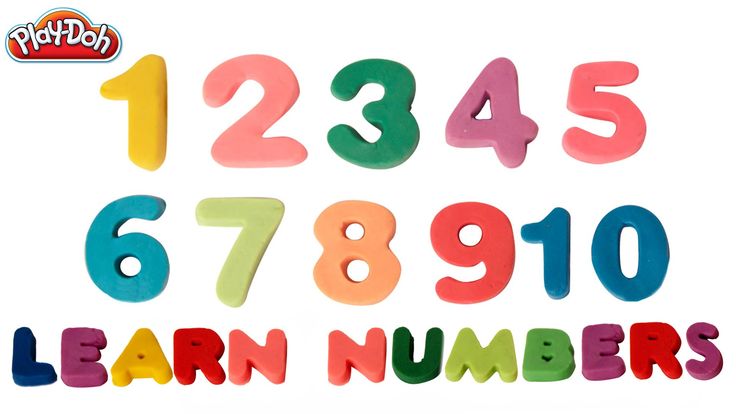 You will also lose by striking out a 7 due to the 7-8-9 sequence. It is only safe to cross off 1, 2, or 6. However, no matter what number you cross off, I will cross off one of the remaining ones and win, leaving you with no safe moves.
You will also lose by striking out a 7 due to the 7-8-9 sequence. It is only safe to cross off 1, 2, or 6. However, no matter what number you cross off, I will cross off one of the remaining ones and win, leaving you with no safe moves.
This is a simple game with interesting mathematical background. One approach is to make gaps so that the opponent has no choice but to cross out the third number from the sequence, like this:
1 2 3 4 5 6 7 8 9
Another approach is to play moves next to the opponent's moves to force him to finish with a sequence of three numbers on either side, for example 90: 90 06: 1 2 3 4 5 6 7 8 9
But regardless of the style of play, one fact is mathematically predetermined: after six moves, someone has to win. It is impossible to cross out seven or nine numbers so that there are no consecutive three numbers among them (check if you don’t believe me - there will be exercises on this at the end of the article). In this case, we say that 6 is the "upper bound" on the number of moves that can be made in this game.
In this case, we say that 6 is the "upper bound" on the number of moves that can be made in this game.
So while sometimes we don't know the best move, we know for sure that our game won't last more than six moves. We can expand this task. A game using numbers from 1 to 15 cannot go longer than 10 steps, and in general, if the size of the playing field is divisible by 3, then a maximum of 2/3 numbers can be crossed out. Finding such an upper bound is a step towards understanding the game. For example, we could use the upper bound to look for a winning strategy, or as a basis for reasoning about what happens if the playing field is not a multiplier of three. And while it may not seem like much information about the upper bound, it is much more than can be said for similar games with slightly different rules.
Let's, for example, change the rules so that the first player to cross out three numbers in sequence with any step loses. That is, you lose if you cross out not only 2-3-4 (step 1), as in the original, but also 1-3-5 (step 2), or 1-4-7 (step 3).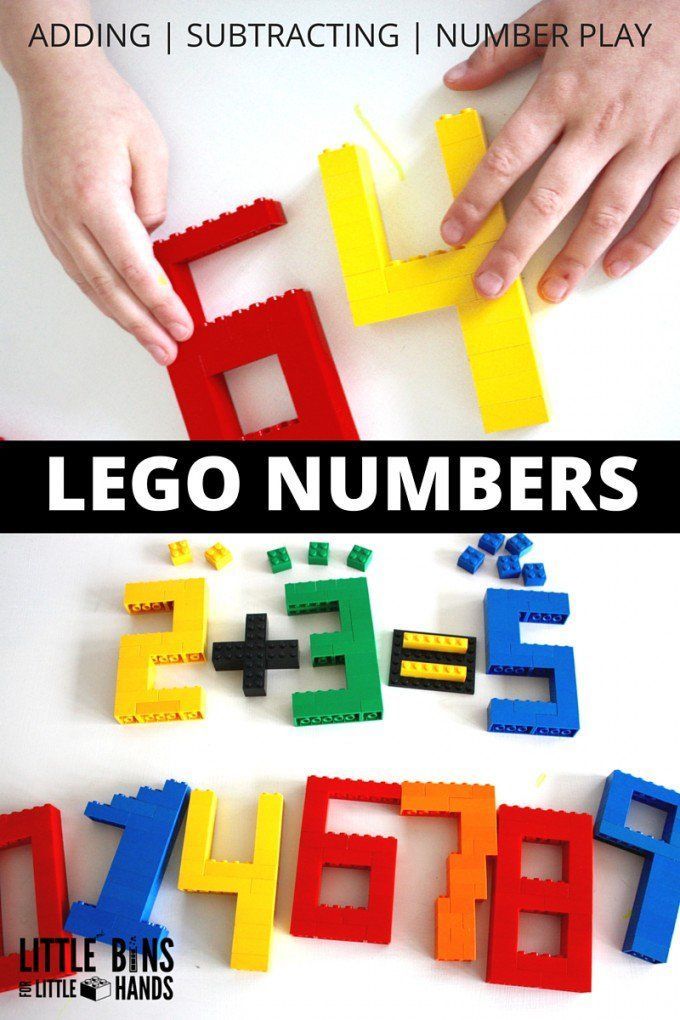 Such sequences are called arithmetic progressions. It is a sequence of numbers with the same step size, or "progression difference".
Such sequences are called arithmetic progressions. It is a sequence of numbers with the same step size, or "progression difference".
Let's go back to the very first playing field and apply the new rules. You go first. And you lost.
1 2 3 4 5 6 7 8 9
If you cross out 1, you get the sequence 1-3-5. If 2 - 2-5-8. If 4 - 3-4-5. If 6 - 3-6-9. If 7 - 7-8-9. Any move completes the arithmetic progression. Please note that in such a game you have to track much more. As a result, the game becomes much more difficult. And the upper bound on the number of safe steps becomes much harder to find.
The most interesting thing for mathematicians is to turn a simple game with numbers into a game against mathematics itself. Their goal is to figure out how long a game can be played before someone loses, on a game board of arbitrary size. In other words, if we have a list of numbers of any length, how many numbers can you cross off before you hit an arithmetic progression? The rules sound pretty simple, but we don't really know the answer to this question.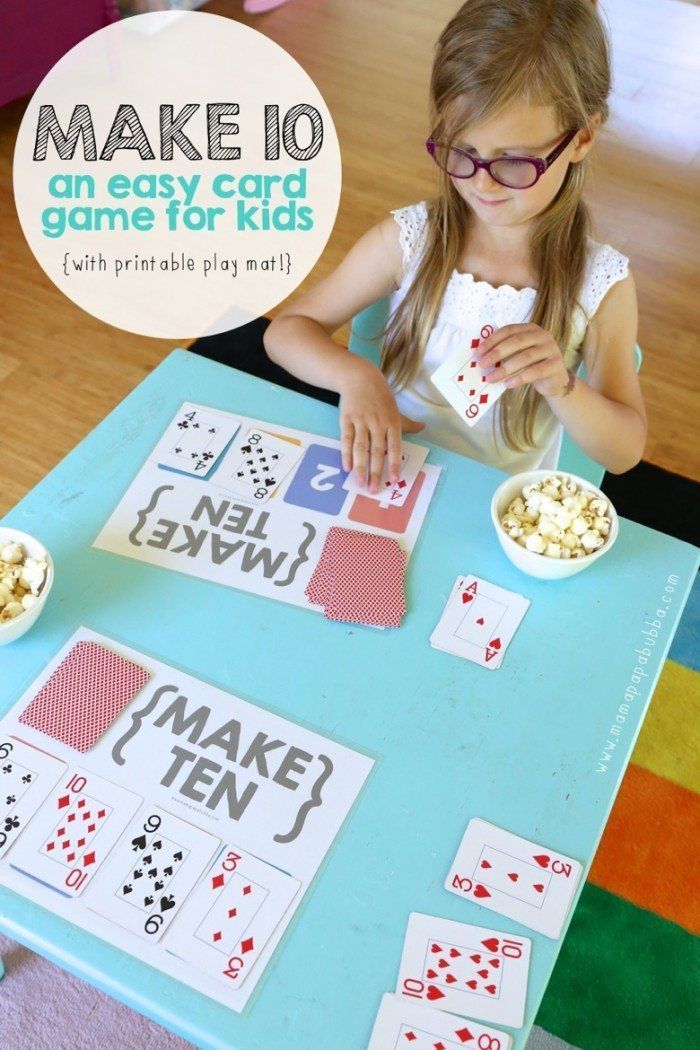 And we know even less about the variants of this game. Let's play a little more and see where the math takes us.
And we know even less about the variants of this game. Let's play a little more and see where the math takes us.
In our arithmetic progression game, the set of safe moves is essentially the Salem-Spencer set. This is a subset of the set {1, 2, 3, 4, 5, 6, 7, 8, 9} that does not contain an arithmetic progression. Then the upper bound is simply the largest possible Salem-Spencer subset on our playing field. However, finding the right moves that allow us to find this set can be quite difficult. Let's see why.
Let's start with a new field. No one can lose the first two turns, so let's just cross out 3 and 5.
1 2 3 4 5 6 7 8 9
Now we need to choose the third number - and then it's time to start thinking. Just like in the original game, we don't want to end the progression, and we don't want to cross out the number between the crossed out ones or on either side of the already crossed out ones. For example, we cannot choose 4, because we get the sequence 3-4-5; we can't choose 1 because we get 1-3-5; we can't choose 7 because we get 3-5-7. 8 is a safe choice, so let's make it.
8 is a safe choice, so let's make it.
1 2 3 4 5 6 7 8 9
Now things get more complicated. Our concern is all about the same thing - we need to try not to end the progression, and not cross out the numbers between the crossed out ones or on both sides of them. However, we need to track much more progressions already. Now you need to try not to end the progression, given the three existing pairs of crossed out numbers.
On the one hand, it is clear what to expect. For each pair, we need to avoid moves that will give us a progression in the middle or both ends. However, things are not as predictable as we would like. 3 and 5 eliminate three options: 1, 4, and 7. But 3 and 8 don't eliminate anything, because with them we need to avoid numbers like -2, 5.5, and 13, and they aren't even on the board. 5 and 8 eliminate only 2 since we can't choose 6.5 or 13.
We know that each choice eliminates some options in the future, but how much depends on what you choose. Because of this heterogeneity, it is difficult to count all the possibilities and determine the upper bound for all possible playing fields.
Because of this heterogeneity, it is difficult to count all the possibilities and determine the upper bound for all possible playing fields.
Let's get back to our game. It can be seen that 6 is a safe move, so we cross it out.
1 2 3 4 5 6 7 8 9
That's it. There are no more safe moves left. We already know that 1, 2, 4 and 7 lose, while choice 9gives us a progression of 3-6-9. We've gone as far as we can.
This means that the set of our moves, {3, 5, 6, 8}, is a Salem-Spencer set. But is it the maximum? We cannot increase this set, but can another strategy lead to a larger set? Does {1, 2, 3, 4, 5, 6, 7, 8, 9} have a larger subset in which no triple of numbers gives an arithmetic progression?
There are: {1, 2, 6, 8, 9}. This is the set of five safe moves in our game, and hence the Salem-Spencer set. And it is maximal, since it is already known that for {1, 2, 3, 4, 5, 6, 7, 8, 9} the maximum size of the Salem-Spencer set will be 5.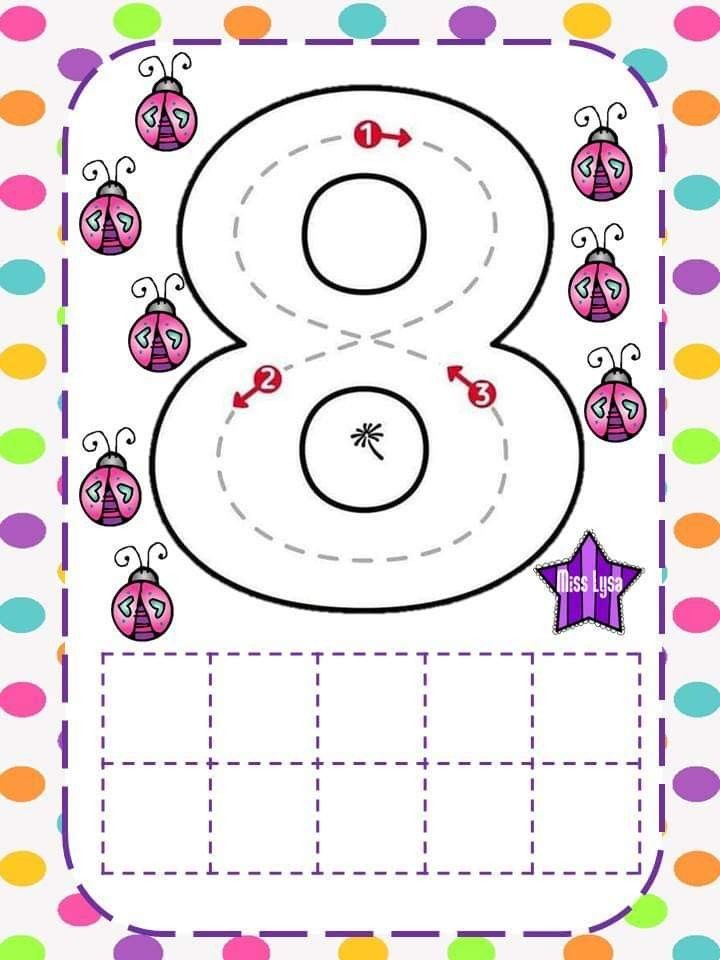 But in the general case, for a set of n elements {1, 2, 3, ..., n}, we do not always know the answer. We actually know the answers for sets with n ≤ 209 by now. is to set certain boundaries. And even this is difficult to do, in part because of the irregular behavior that we have already observed. Crossing out a new number can eliminate a lot of options, or a little. Irregularity can be estimated from the graphs below showing the sizes of the largest possible Salem-Spencer subset for the set {1, 2, 3, ..., n} for different n.
But in the general case, for a set of n elements {1, 2, 3, ..., n}, we do not always know the answer. We actually know the answers for sets with n ≤ 209 by now. is to set certain boundaries. And even this is difficult to do, in part because of the irregular behavior that we have already observed. Crossing out a new number can eliminate a lot of options, or a little. Irregularity can be estimated from the graphs below showing the sizes of the largest possible Salem-Spencer subset for the set {1, 2, 3, ..., n} for different n.
In our game, where n = 9, the size of the largest possible Salem-Spencer set is 5. But look, if we add 10 to the playing field, this does not change the size of the largest possible Salem-Spencer set. It will remain equal to 5.
| The size of the set {1,2,3,…,n} | 1 | 2 | 3 | 4 | 5 | 6 | 7 | 8 | 9 | 10 |
|---|---|---|---|---|---|---|---|---|---|---|
| Salem-Spencer maximum subset size | 1 | 2 | 2 | 3 | 4 | 4 | 4 | 4 | 5 | 5 |
On the other hand, when going from 12 to 13 and 14, the maximum size grows from 6 to 7 and 8. And then you have to add six more integers to the set to increase the maximum size of the Salem-Spencer subset by only 1.
And then you have to add six more integers to the set to increase the maximum size of the Salem-Spencer subset by only 1.
| Size of set {1,2,3,…,n} | 11 | 12 | 13 | 14 | 15 | 16 | 17 | 18 | 19 | 20 |
|---|---|---|---|---|---|---|---|---|---|---|
| Salem-Spencer maximum subset size | 6 | 6 | 7 | 8 | 8 | 8 | 8 | 8 | 8 | 9 |
Advances such as Roth's theorem and Szémeredy's theorem set limits on the size of these sets and their variations, often using complex mathematics (eg, ergodic theory and Fourier transforms) and huge values. For example, Fields Prize winner Timothy Gowers, in his work on a generalization of Szemeredi's theorem, established an important upper bound on the size of a set of length k that does not contain an arithmetic progression.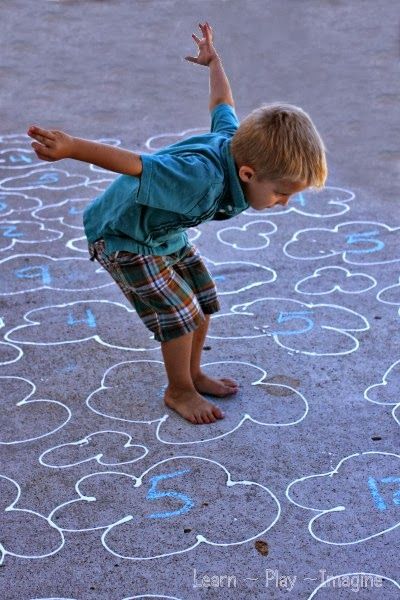 But if we wanted to calculate this upper bound for our game, where n=9(the size of the playing field) and k = 3 (the length of the arithmetic progression we want to avoid), we would have to do a calculation involving 2 4096 , a number with over 1200 digits!
But if we wanted to calculate this upper bound for our game, where n=9(the size of the playing field) and k = 3 (the length of the arithmetic progression we want to avoid), we would have to do a calculation involving 2 4096 , a number with over 1200 digits!
These bounds are not useful for everyday tasks, but they give us some mathematical control over sets that we do not yet understand very well. For example, until recently we didn't have such limits for "polynomial sequences", a generalization of arithmetic progression that also uses addition and exponentiation. It turns out that polynomial sequences such as 2+3, 2+3², 2+3³, and so on, are even more difficult to keep track of than our simple arithmetic progressions, which makes the game of subset selection free of polynomial sequences even more difficult. for understanding. However, setting an upper limit is another step towards understanding them, and this is the goal of mathematicians in any game with numbers.
1.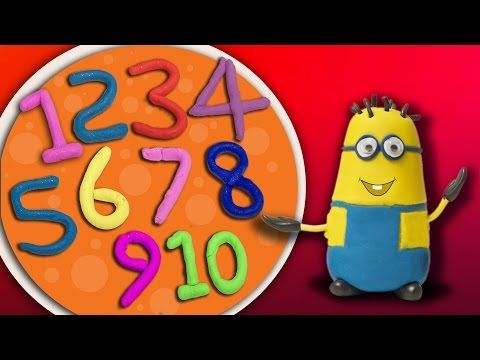 Prove that in the game using {1, 2, 3, 4, 5} according to the original rules (the first player to cross out three numbers from the sequence with step 1 loses), the first player has a winning strategy.
Prove that in the game using {1, 2, 3, 4, 5} according to the original rules (the first player to cross out three numbers from the sequence with step 1 loses), the first player has a winning strategy.
Decision
If the first player crosses out 3, he can always win. If in response the second player crosses out 1 or 5, then the first player crosses out another number from this pair. If the second player crosses out a 2, the first player crosses out a 5. If the second player crosses out a 4, the first player crosses out a 1.
2. Does any of the players have a winning strategy in the game using {1, 2, 3, 4, 5, 6} according to the original rules?
Solution
Second. Let's say the first one chooses one of the numbers {1, 2, 3}. Then the second one must choose a number from the same set next to the one chosen by the first one.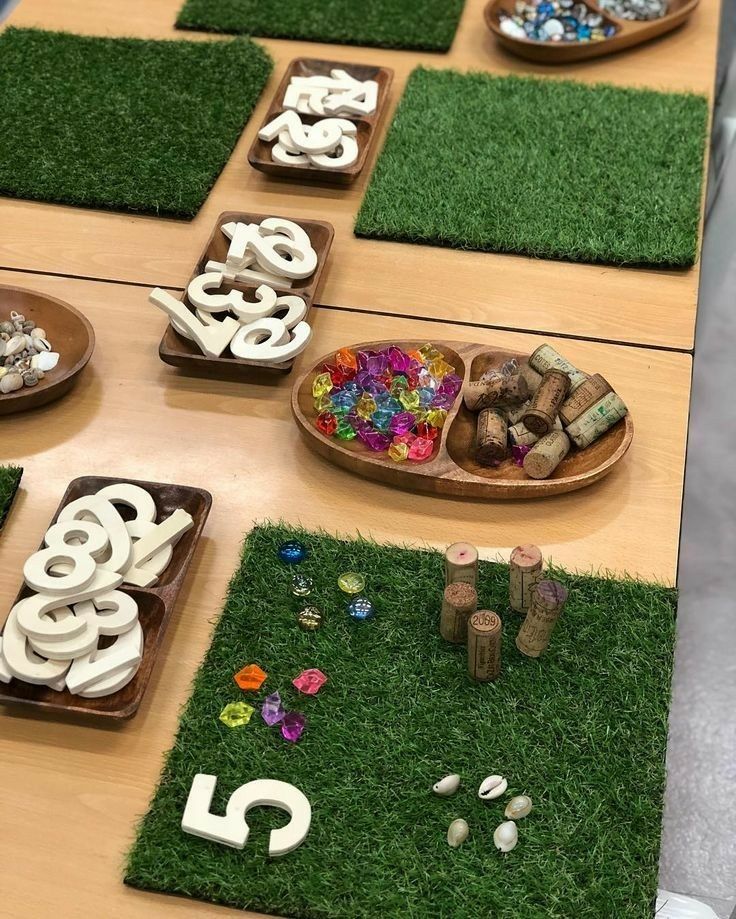 For example, if the first one chose 3, then the second one chooses 2. Now the first one has to choose a number from {4, 5, 6}. Whichever he chooses, the second player will have a winning move. If the first player immediately chooses a number from {4, 5, 6}, then the same strategy works for the second player - he must also choose a number from {4, 5, 6}.
For example, if the first one chose 3, then the second one chooses 2. Now the first one has to choose a number from {4, 5, 6}. Whichever he chooses, the second player will have a winning move. If the first player immediately chooses a number from {4, 5, 6}, then the same strategy works for the second player - he must also choose a number from {4, 5, 6}.
3. Prove that in the game with {1, 2, 3, 4, 5, 6, 7, 8, 9} it is impossible to play seven times according to the original rules. Hint: Divide the board into the following subsets: {1, 2, 3}, {4, 5, 6} and {7, 8, 9}.)
Solution
If you cross out three numbers from any of the three subsets from the hint, then you will lose. We can theoretically make six moves by crossing out two numbers from each subset. But whichever subset you choose on your seventh move, you'll get three numbers in a row. This argument is known as the “hole in the dovecote” - in order to stuff seven pigeons into three holes, you have to stuff three pigeons into one of them.

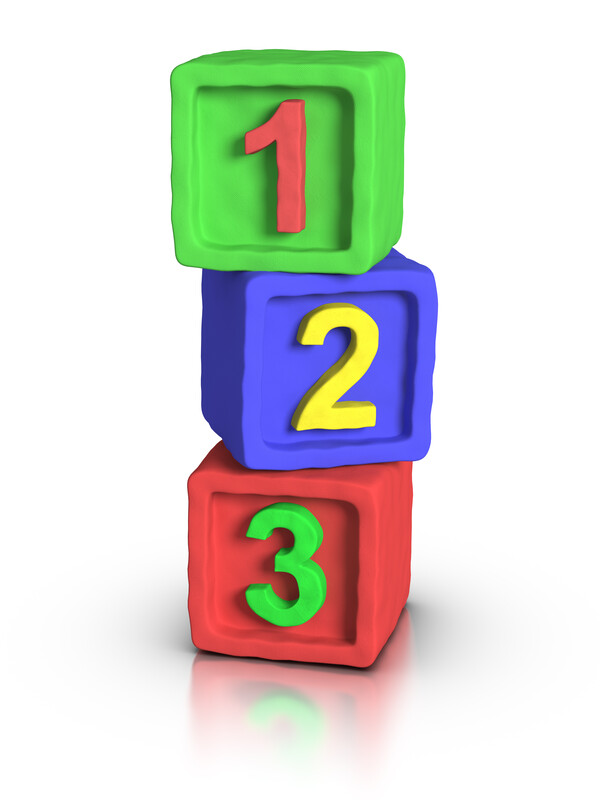 Text copyright © 2014. The author has asserted his moral rights. All rights reserved
Text copyright © 2014. The author has asserted his moral rights. All rights reserved 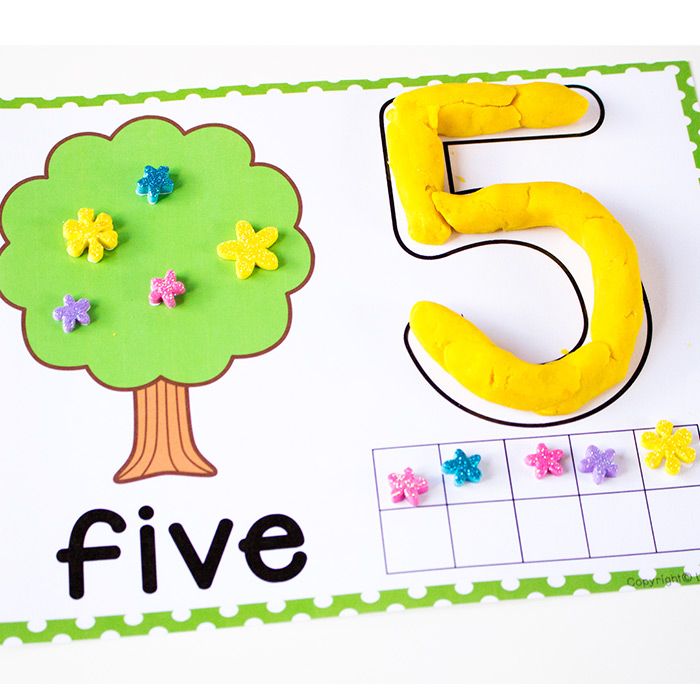 Anderson, an award-winning sociologist and pioneer in football analytics, advises leading clubs on how best to play football.
Anderson, an award-winning sociologist and pioneer in football analytics, advises leading clubs on how best to play football. 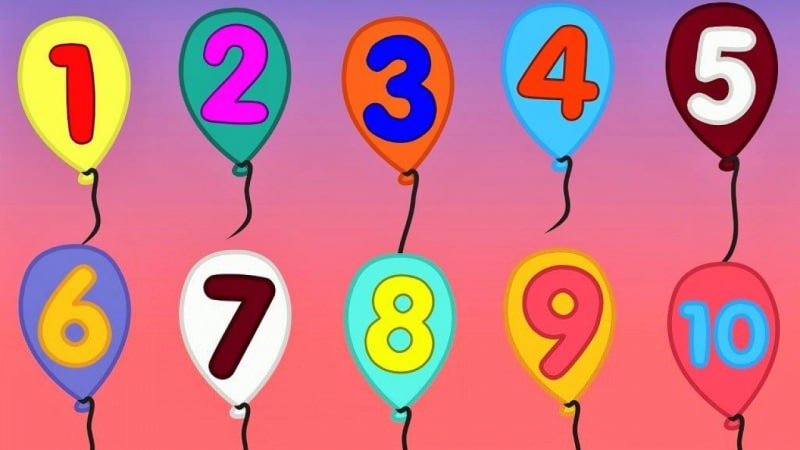 They don't want to hear that they've been missing something for over a hundred years. That there is some knowledge that they do not possess. That things have never been done the way they are must be followed by .
They don't want to hear that they've been missing something for over a hundred years. That there is some knowledge that they do not possess. That things have never been done the way they are must be followed by .  And it's not just data collection. You need to know what to do with them.
And it's not just data collection. You need to know what to do with them.  " The biggest problem that comes with following respected traditions and longstanding dogmas is that they are rarely questioned. Knowledge remains static while the game itself and the world around it change.
" The biggest problem that comes with following respected traditions and longstanding dogmas is that they are rarely questioned. Knowledge remains static while the game itself and the world around it change. 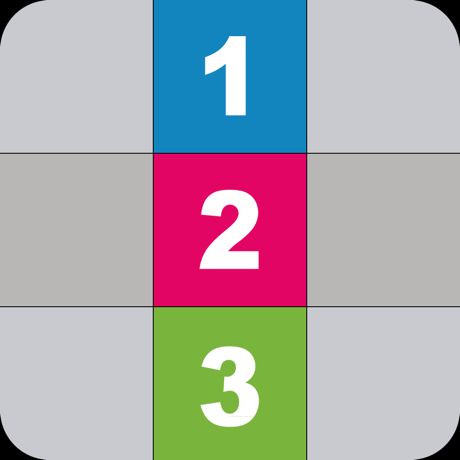 I explained to Dave: Stoke are a decent team, but they lack a bit of pace and even more lack of skill. But what they do have is their height. So why not try to create a chance out of nothing when the ball goes out of play? Why not cause a little turmoil in the ranks of your rivals? It seems to work.
I explained to Dave: Stoke are a decent team, but they lack a bit of pace and even more lack of skill. But what they do have is their height. So why not try to create a chance out of nothing when the ball goes out of play? Why not cause a little turmoil in the ranks of your rivals? It seems to work. 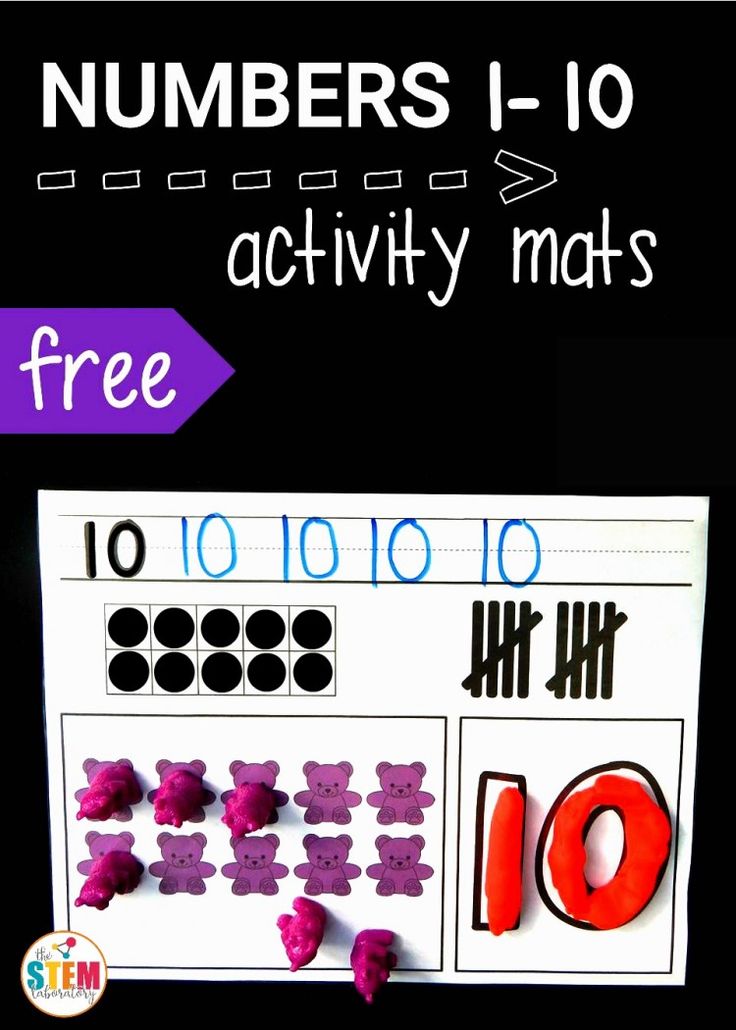 But what made me even angrier was that I didn't have the right answer.
But what made me even angrier was that I didn't have the right answer. 